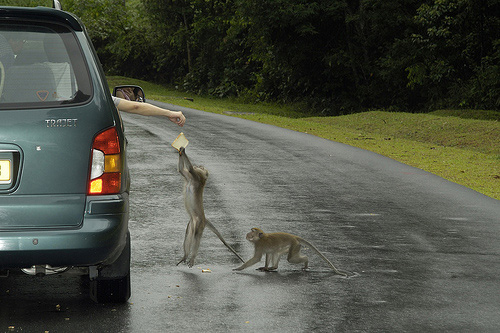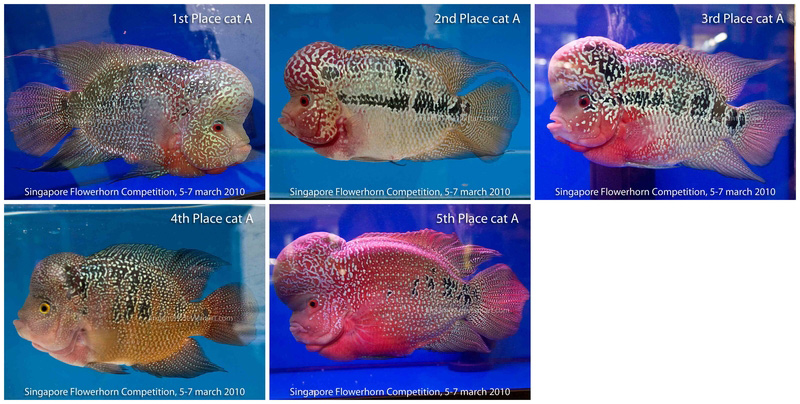All images by the ICZ
Some Kind of expedition
An Account
Some Kind of Expedition
Polar bears are alive and well. They are currently enjoying a population explosion. They are also often seen on icebergs, ice floes and ice caps during the summer. I first found out about this during an extended expedition to the Arctic. The only polar bears I saw were too far away to be seen distinctly. I only knew I was looking at polar bears because the ship’s captain pointed them out to me.
More endangered animals are in captivity than in the wild.
More than 10,000 tigers are in captivity worldwide and only around 3,000 are left in the wild. Endangered animals benefited more from hunters than conservationists last year. Money from hunters makes sure that the supply of animals is healthy for the next hunting season. It’s the same scenario in America, Africa and China. The illegal trade in tiger parts is keeping a healthy number of farmed tigers in private establishments. There is talk of re-wilding the farmed tigers but nobody seems to care. Meanwhile, animal rights group lobby for donations to help tigers survive in the wild.
Discoveries come almost always too late. All discoveries of new species today are always accompanied by the fact that the species is already critically endangered. Discoveries are met mostly with panic that there is not enough time left. As a result, many endangered animals are taken into zoos to be bred and later reintroduced to the wild. Hope. This has become the recent mission of zoos. Any exotic animal from a faraway land is in the local zoo because it is breeding. The idea is perverse: The zoo as an ark. A network exists between zoos for the conservation of exotic species. African chimpanzees are cargo-ed between Singapore and India and later cargo-ed to Africa if they breed. Fewer than 1% of these animals are actually re-introduced into the wild. This is not the problem. The problem lies in the constant need for animals to be in the wild. To be authentic.
I recently acquired a Flowerhorn - also known as the Luohan fish, a creature with a bulbous head - from a curator who loves exotic fish. Apparently the head was so swollen and heavy that it couldn’t swim upright. The fish is a winner, having received the first prize in the 2nd Flowerhorn competition in Asia in 2009. The Flowerhorn as a species is a bastardised hybrid ornamental cichlid that does not exist in nature. It was a popular pet between 2001 to 2008 globally. After the fad was over, these fish mostly exist in drains and reservoirs as people quickly emptied their tanks for the next big thing, which happened to be prawns. The Flowerhorn is currently regarded as an alien invasive species in Singapore.
Last week, I was driving along Nee Soon Road, a more rural part of Singapore. I wanted to drive to the reservoir to take some images of the wild forest. I got annoyed with families parked along a single lane road feeding macaques and slowing down traffic. My friends and I would often call the authorities on them because it is illegal to feed macaques in Singapore, and stopping by the side of a single lane road just obstructs traffic. People should do what they want to do, but they should not slow things down. The monkeys got bolder recently and have been reported to have attacked children. But there are other things to worry about. Wild boars are more dangerous than monkeys and their population has been growing in the last five years because of a lack of natural predators. My friend, who wrote a paper about the population of wild boars in Singapore two years ago, suddenly became the local expert in the species quoted by the media. Although, ironically, he was really just an ornithologist. He recently started calling himself an ecologist.

(From wildsingapore, 2007)
The latest ‘Frozen Planet’ documentary series on the BBC shows a 30-second shot of two newborn polar bear cubs that were filmed in the zoo. But the footage was spliced with other footage shot in the Arctic - it seems as though the producers were trying to pass off these captive baby bears as wild ones. In any case, I don’t really care. But some viewers felt they were misled and went on to look for other moments where Sir David Attenborough “lied” in his documentaries. Television audiences seem to have a secret longing for wildlife filmmakers to get up close with the polar bears, and even better, be risking their lives to get as close as possible. It is useful to remember that any animal on show, in the media or in photographs, is always giving a performance. Wildlife documentaries and circuses constantly show animals in varying states of performance. Wildlife photography, like an ad for a lost dog, hardly tells the truth. I used to think I told the truth until people started believing in my images.
Let’s look at another television show. The latest series of ‘Whale Wars’ on Discovery Channel tells us little about what the Japanese whalers are doing but more on what the Sea Shepherd is. Incompetent, mostly, as critics has pointed out. I accidentally watched an episode of the show at an airport in Thailand and found it extremely biased, racist and disturbing. As I write, there is news in my email of a Dutchman being arrested in Taiji, a whaling town in Japan. The Dutchman, believed to be connected to Sea Shepherd, denied to have behaved violently to a local whaler while trying to enter an off-limits road.
The search for wildlife is also the search for authenticity and for the truth. It can be religious. We constantly seek to impose meaning onto our relationship to the natural world. I recently realised that stray cats in Singapore have their ears clipped to show that they have been spayed, so that they will not be sterilised twice. The clipped ear means a lot of things. It is a brand, a symbol of control and a sign of acceptance. People love their cats and they want to have the creatures around - but not too much, and they sure don’t want these cats fucking all over the place.
Zhao Renhui, Satoshi Kataoka and Kimiya Yui
An earlier version of this conversation was presented in Bangkok in December 2010.
Copyright 2012, Institute of Critical Zoologists
